Have you ever looked at a tripod and wondered about its basic design? It’s a question that seems so simple yet makes us think.
The name itself gives a hint, but there’s more to these useful tools than meets the eye. Tripods help photographers, surveyors, and many others keep their equipment steady.
Today, the same concept helps capture perfect photos and precise measurements. Let’s find out what makes these steady stands such useful items in many fields.
What is a Tripod?
A tripod is a stand with three legs that holds cameras, telescopes, or other equipment in place. These handy tools provide stability when taking photos or making observations.
The design is quite basic but very effective. Most tripods have adjustable legs so users can set them up on uneven surfaces.
They also come with a head that connects to the equipment and allows for movement in different directions. Tripods are made from various materials like aluminum, carbon fiber, or wood, depending on their use.
Professional photographers rely on tripods for sharp images, especially in low light. Scientists and surveyors also use them for precise measurements.
The simple three-leg design has proven useful across many fields for centuries.
Stability and Balance Benefits of a Three-Legged Design
The three-legged design of a tripod offers unique benefits that two or four legs cannot match. This setup creates the most stable structure with the fewest possible points of contact.
Three legs form a plane that can adapt to any surface, making tripods useful in many settings.
- Perfect Stability: Three points always create a stable plane in geometry.
- Minimal Contact: Uses the fewest points needed for complete stability.
- Adapts to Surfaces: Three legs can sit flat on any terrain, even uneven ground.
- Reduced Weight: Fewer legs mean less material and lighter equipment.
- Simple Setup: Easy to adjust and position compared to more complex stands.
- Even Weight Distribution: Spreads the load equally across all three legs.
- Less Wobble: Three legs prevent rocking that might occur with four legs.
- Quick Leveling: Needs adjustment of fewer components to achieve balance.
- Space Efficient: Takes up less room while maintaining stability.
Different Types of Tripods One Can Choose From
Tripods come in various forms, each designed for specific tasks and equipment. The right tripod depends on what you need to hold steady and where you plan to use it.
Here are some common types of tripods you might find in different fields.
1. Photography Tripods
These tripods hold cameras and feature quick-release plates for easy attachment. They have height-adjustable legs and heads that tilt and pan for perfect framing.
Most photography tripods can extend to eye level and fold down for storage. The legs often have rubber feet that can be replaced with spikes for outdoor use.
Best Used In: Landscape photography, portrait sessions, and low-light shooting.
2. Video Tripods
Made with fluid heads that allow smooth panning and tilting movements. They often have longer center columns and sturdier bases than photo tripods.
Video tripods include bubble levels to ensure straight horizons and counter-balance systems to handle heavier video cameras. Many include drag control to adjust resistance.
Best Used In: Film production, event recording, and action sequences.
3. Travel Tripods
Compact and lightweight designs that fold into small packages. They sacrifice some stability for portability, but work well for on-the-go photographers.
Travel tripods often feature legs that fold back 180 degrees around the center column, making them small enough to fit in carry-on luggage or backpacks.
Best Used In: Hiking trips, backpacking, and tourist photography.
4. Tabletop Tripods
Small tripods that stand on desks or tables. They extend only a few inches but provide enough stability for small cameras or smartphones.
These mini tripods often have flexible legs that can wrap around poles or tree branches to create mounting options where standard tripods won’t work.
Best Used In: Product photography, vlogging, and desktop video calls.
5. Surveying Tripods
Heavy-duty models are built to hold surveying equipment. They feature pointed feet for outdoor stability and precise height adjustments.
Surveying tripods use extra-thick legs and strong locking mechanisms to prevent any movement that could affect measurements. Many have built-in chains to set leg angles.
Best Used In: Construction sites, land surveys, and geological work.
6. Telescope Tripods
Sturdy tripods with extra weight capacity for holding telescopes. They feature slow-motion controls for tracking celestial objects across the sky.
These specialized tripods often include motorized bases that compensate for Earth’s rotation, keeping stars in view for extended periods.
Best Used In: Astronomy, stargazing, and space photography.
7. Microphone Tripods
Short to medium height stands that hold microphones for audio recording. They often include shock mounts to reduce vibration and noise.
Microphone tripods feature boom arms that can extend the microphone over instruments or speakers without obstructing performers or presenters.
Best Used In: Podcasting, music recording, and public speaking events.
8. Light Stand Tripods
Taller, lighter tripods are made to hold studio lights and flash units. They have wider bases to prevent tipping when holding top-heavy lighting equipment.
These tripods typically feature air-cushioned legs that prevent damage from sudden drops and knobs that allow for quick height adjustments.
Best Used In: Photography studios, film sets, and event lighting.
Some Interesting Fun Facts About Tripod Legs
Tripods have been around for thousands of years, with some facts that might surprise you.
| Fact | Details |
|---|---|
| Ancient Origin | The first tripods date back to ancient Greece, where they were used as cooking pots and religious items. |
| Triangulation | Three legs create the most stable base with the least materials – a math principle still taught today. |
| Camera History | The first camera tripods appeared in the 1840s when long exposure times made hand-held photos impossible. |
| Space Tripods | NASA uses tripods on Mars rovers to support scientific tools on uneven terrain. |
| Animal Kingdom | Some animals, like the tripod fish, rest on three fin-like projections on the ocean floor. |
| Emergency Use | Survival experts teach how to make three-legged cooking stands in wilderness situations. |
Top Tripod Recommendations One Should Definitely Look Out
Not all tripods are created equal – some excel in certain settings while others offer more flexibility.
Here are some top picks for both budget-friendly and professional users that can help you get steady shots in various situations.
1. Recommendations for In-Budget Photography
If you’re just starting out or need a reliable tripod without spending too much, these options offer good value. Each provides decent stability while keeping costs down, perfect for beginners or casual photographers.
- Manfrotto MKCOMPACTLT: A lightweight aluminum tripod with a simple ball head that works well for DSLR cameras under 4 pounds. The quick-release plate makes camera mounting fast and easy.
- Amazon Basics 60-Inch Tripod: This no-frills option includes a three-way head and bubble level at a very low price point. It’s great for beginners with point-and-shoot or entry-level DSLR cameras.
- K&F Concept 62-Inch Tripod: Features a ball head and quick-release plate with a center column that converts to a monopod. The aluminum construction offers good stability for the price.
- MACTREM 62-Inch Camera Tripod: Includes a phone mount along with a standard camera plate. The lightweight design makes it easy to carry while still supporting cameras up to 3 pounds.
- Victiv 72-Inch Camera Tripod: Taller than most budget options with a maximum height of 72 inches. The flip-lock legs and ball head make setup quick for both photo and video work.
2. Recommendations for Professional Photography
Professional work demands higher-quality tripods that can handle heavy equipment and frequent use. These options provide the stability and features needed for serious photographers and videographers.
- Gitzo GT2542 Mountaineer: A carbon fiber tripod that offers exceptional stability with minimal weight. The twist-lock legs resist both water and dust, making it ideal for outdoor shooting.
- Manfrotto MT055CXPRO3: Features a 90-degree center column that can move horizontally for unique angles. The carbon fiber construction reduces weight while maintaining strength for heavy cameras.
- Really Right Stuff TFC-14: An ultra-compact carbon fiber tripod that supports serious weight despite its small size. The machined aluminum components provide years of reliable use in tough conditions.
- Peak Design Travel Tripod: An innovative design that packs down to the size of a water bottle. Despite its small packed size, it extends to full height and supports professional camera setups.
Summing It Up
So, how many legs does a tripod have? As we’ve seen, the answer is three – and for good reason. This simple design gives tripods their famous stability that makes them useful in photography, science, and many other fields.
The three-leg design creates the perfect balance with the fewest parts needed. Next time you set up a tripod, you’ll know why it works so well.
You might want to try different types for your specific needs, whether you’re taking photos, making videos, or doing other work that needs a steady base.
Want to learn more about camera gear? Check out our other articles about photography equipment. Or leave a comment below sharing your favorite tripod type and why you like it!
Your experiences can help others choose the right tripod for their needs.

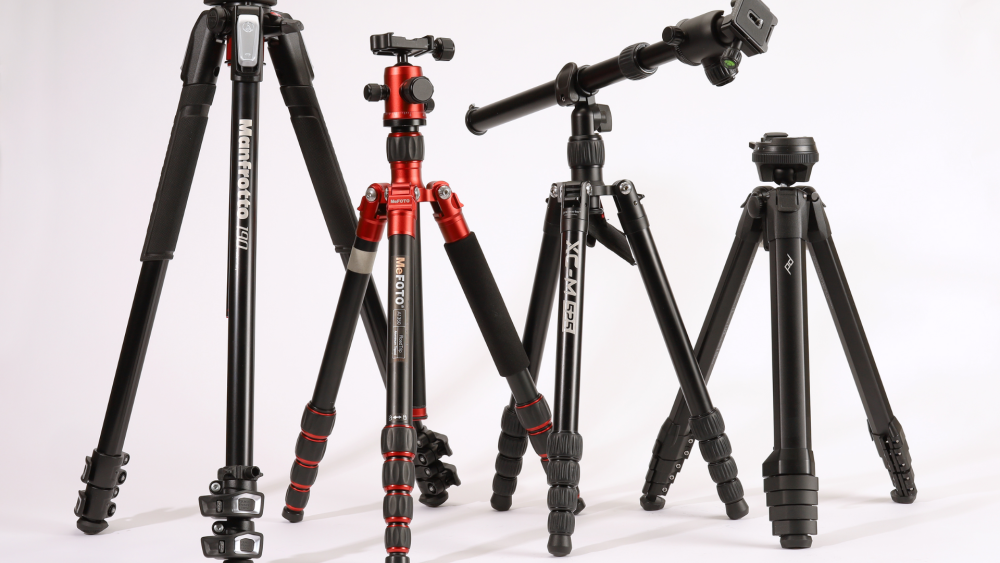
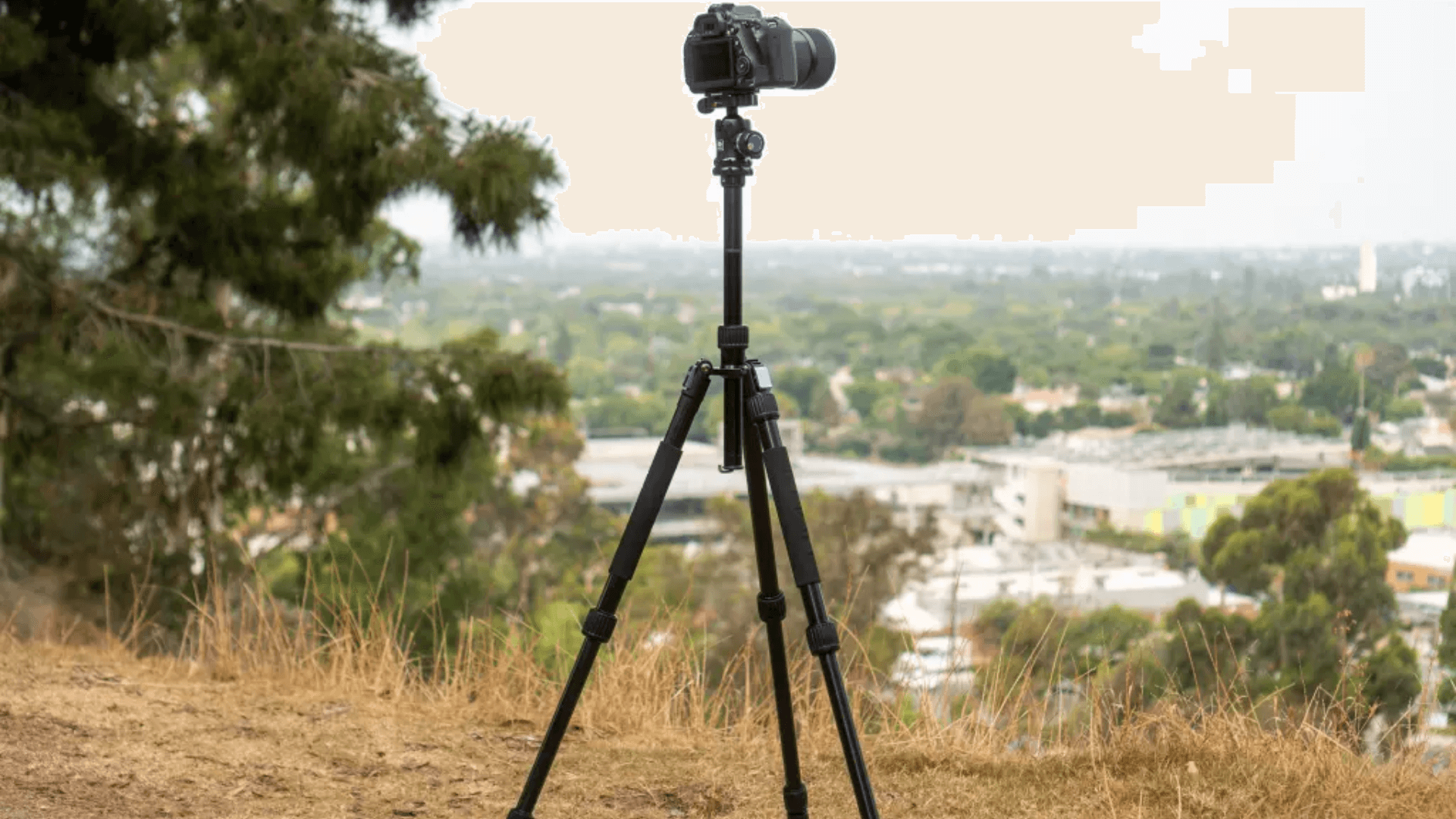

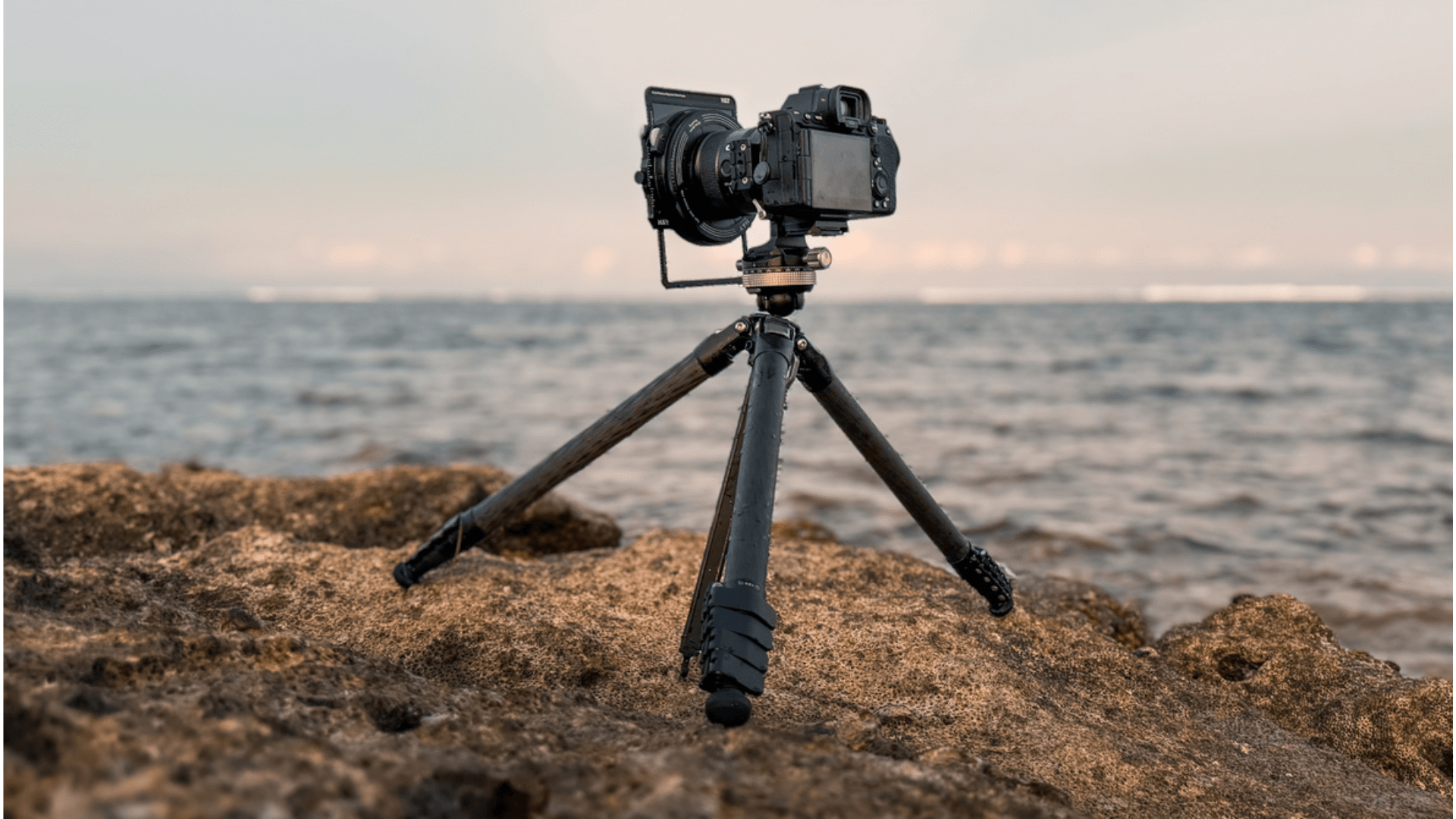
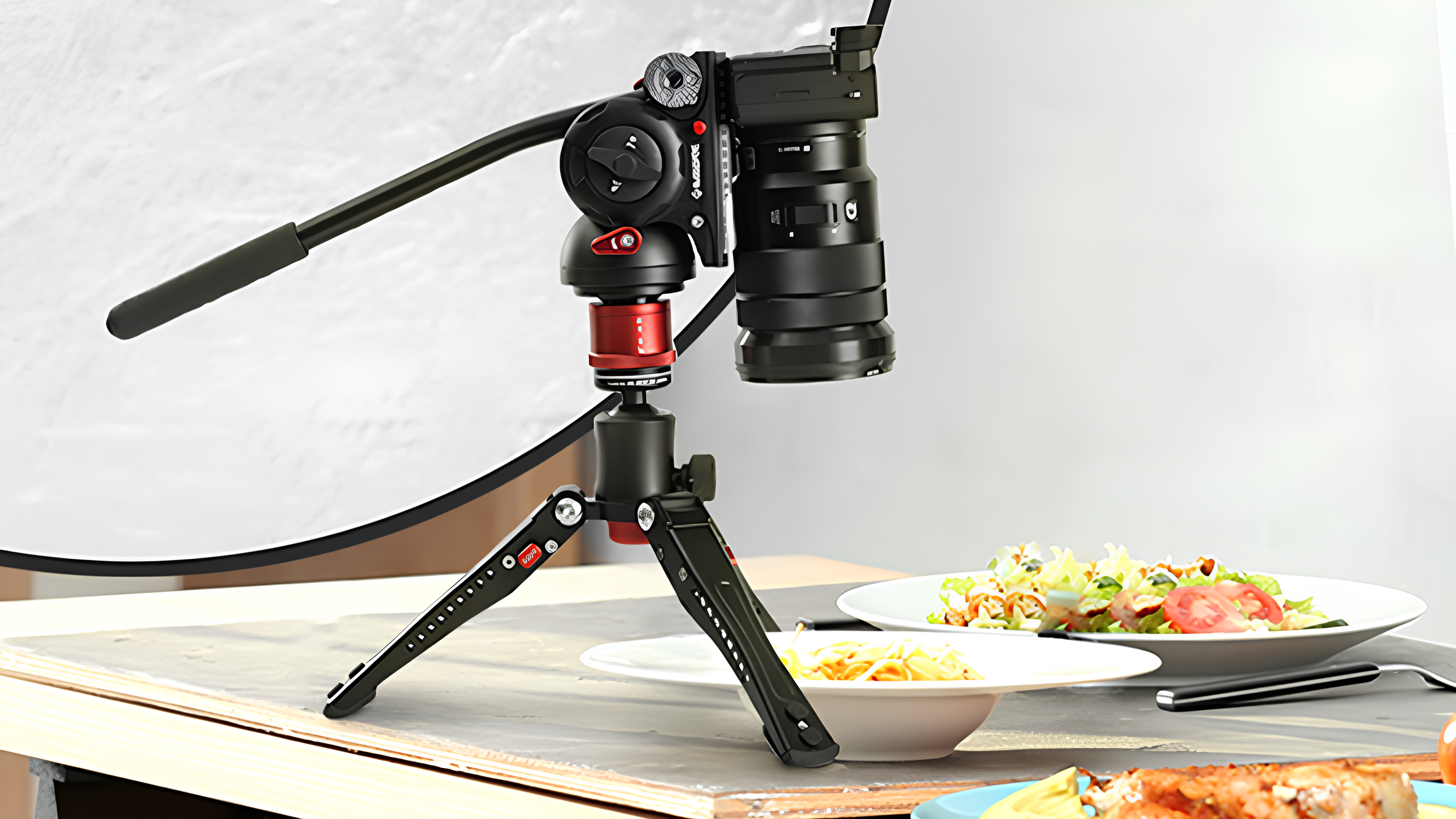
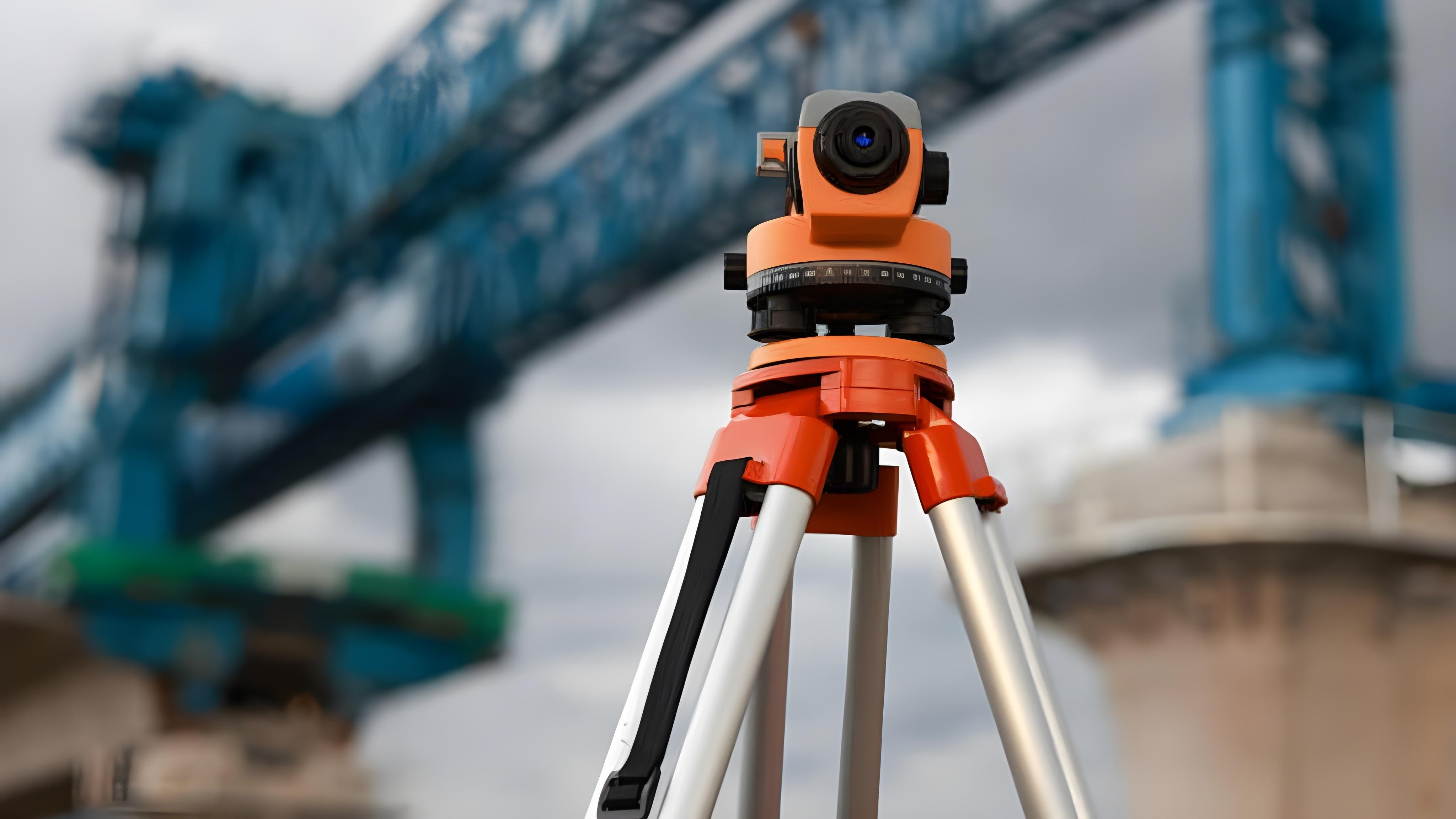
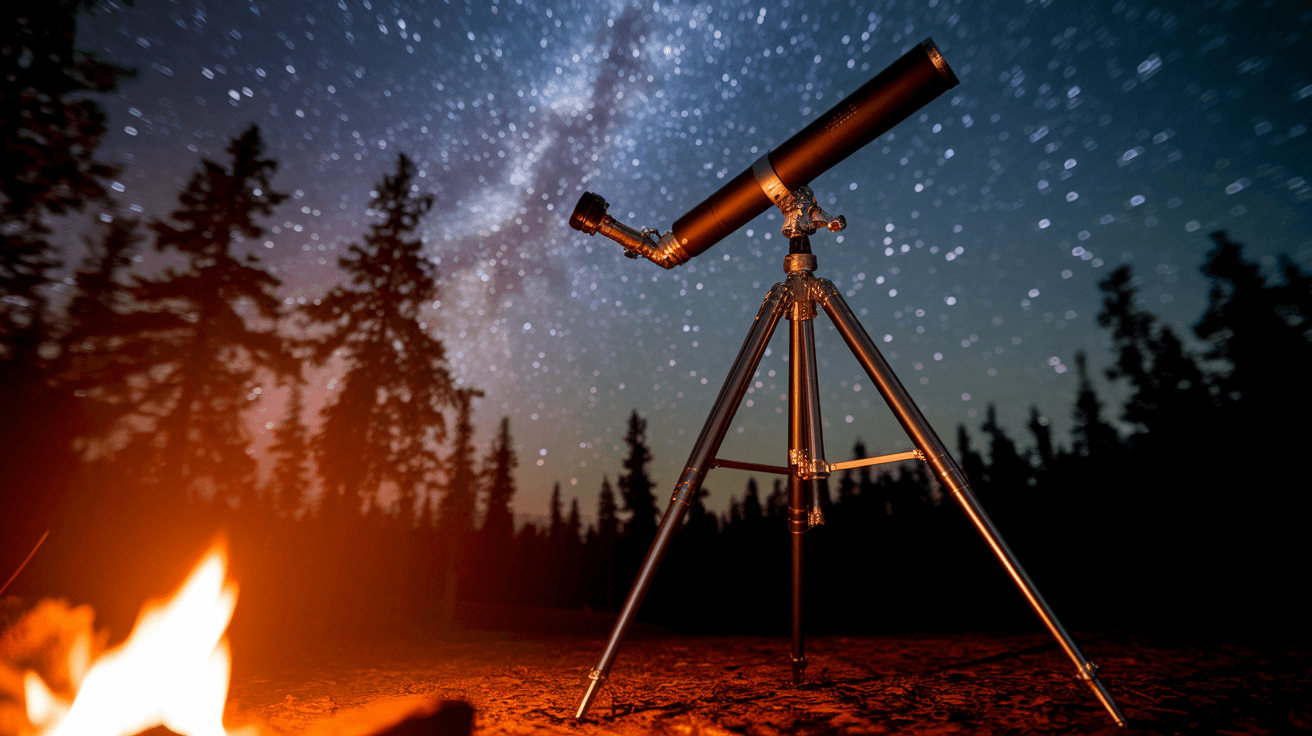
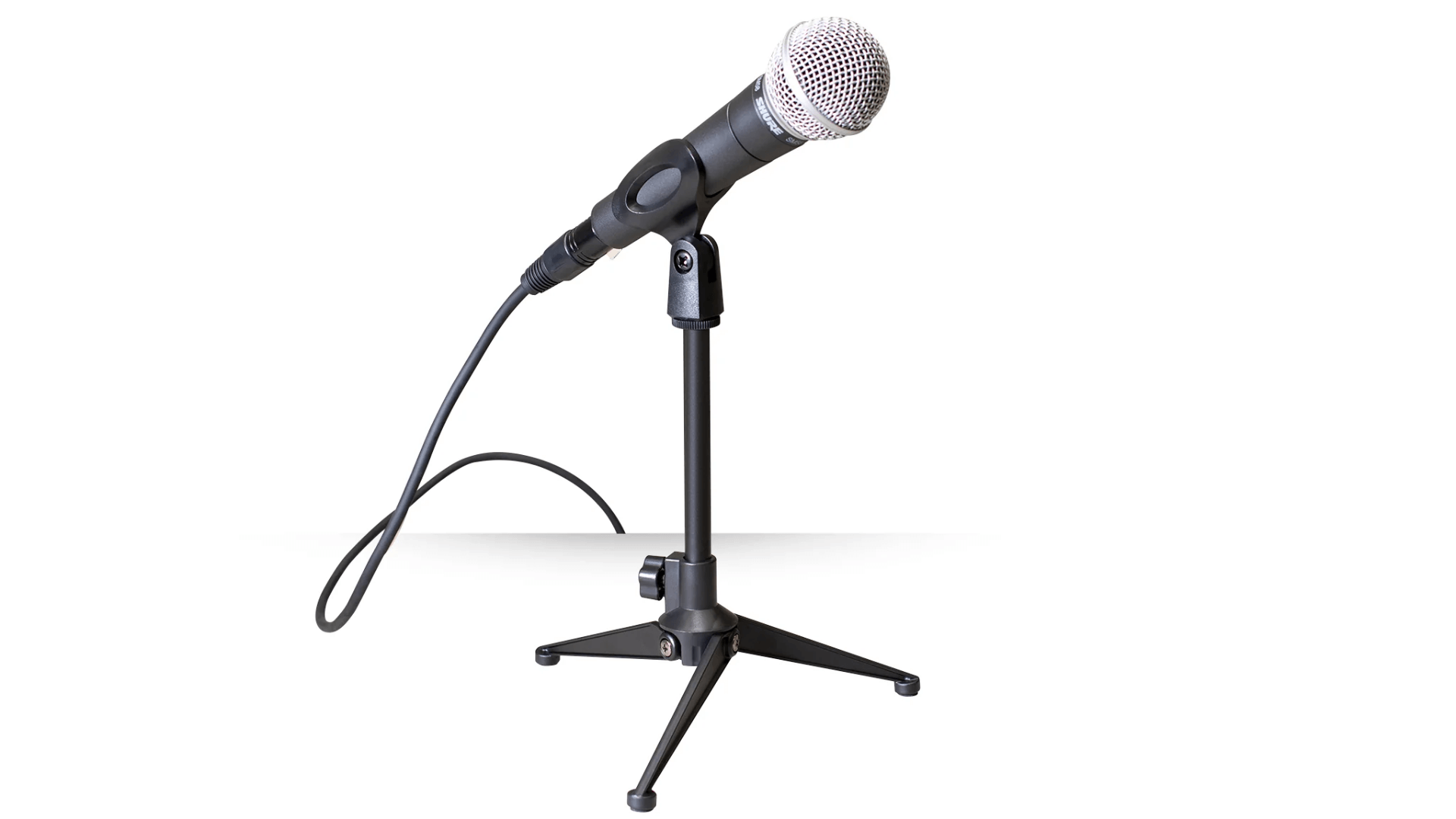
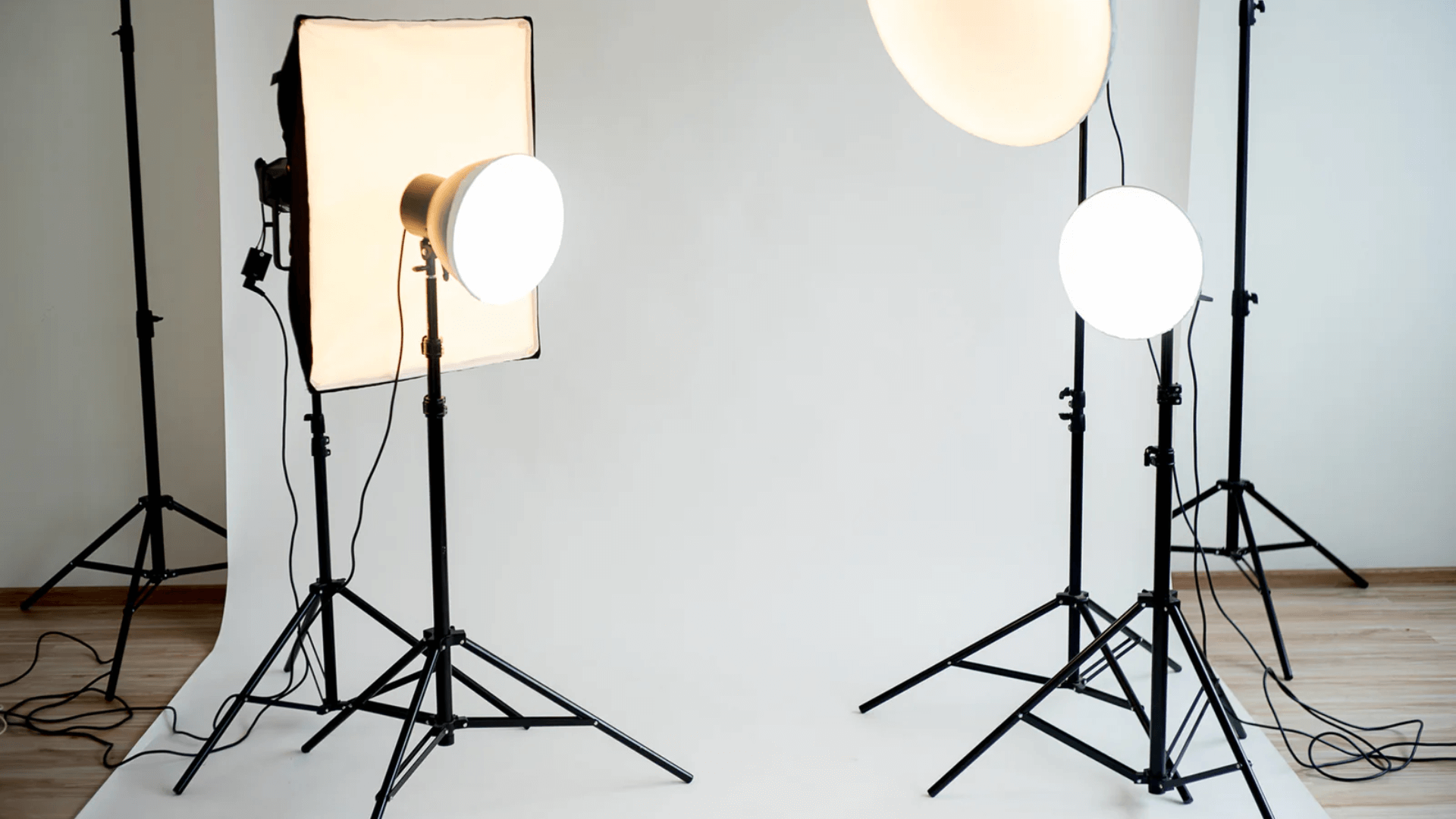
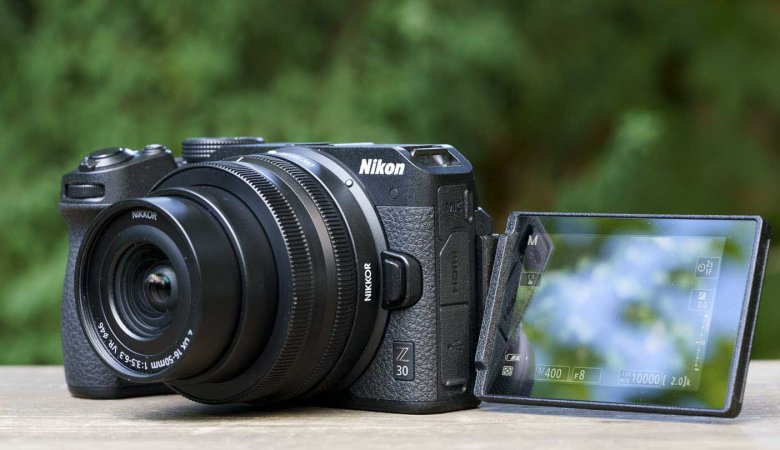
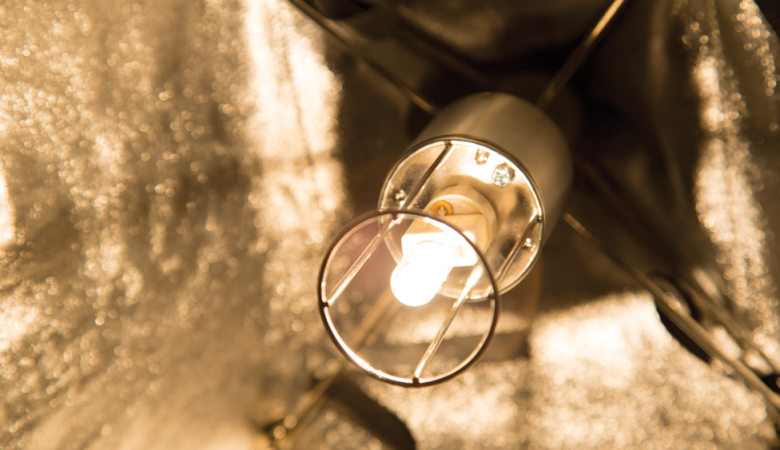
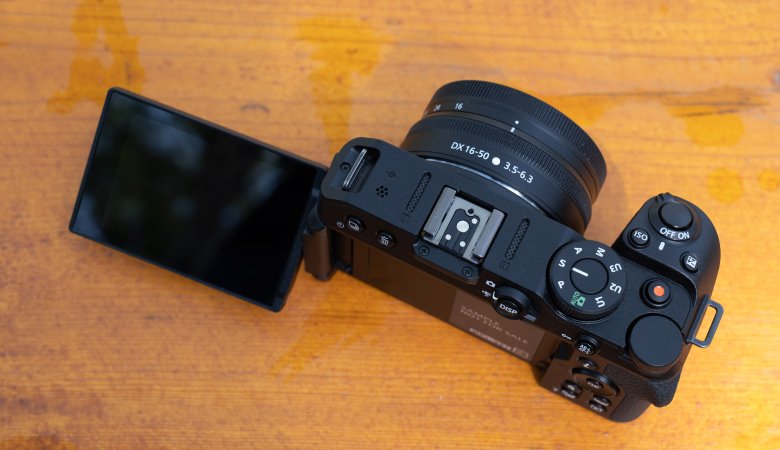
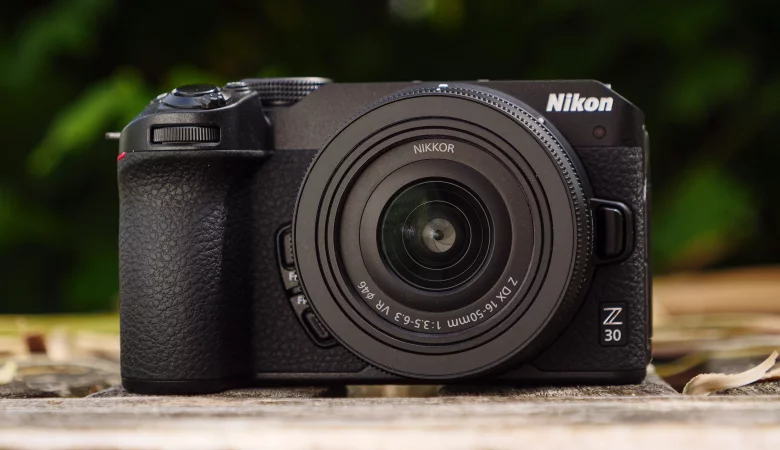
Leave a Reply